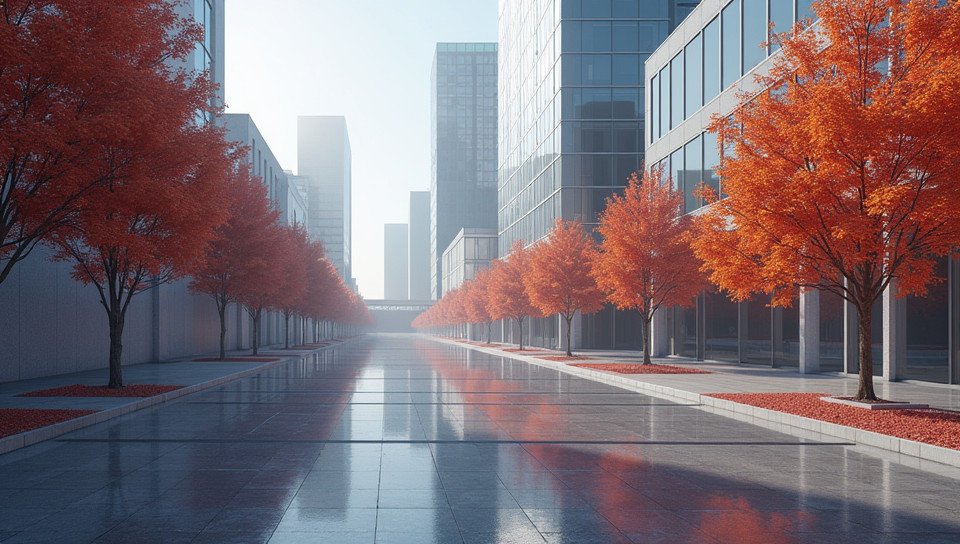Geometry is used to optimize computer graphics 81%

The Art of Visual Magic: How Geometry Optimizes Computer Graphics
Imagine stepping into a virtual world, surrounded by stunning landscapes, intricate details, and lifelike characters. The magic behind these visual experiences lies in the realm of computer graphics, where geometry plays a crucial role in optimizing the rendering process. In this article, we'll delve into the fascinating world of geometric optimization and its impact on the computer graphics industry.
What is Geometric Optimization?
Geometric optimization involves using mathematical techniques to minimize the computational resources required for 3D modeling and rendering. By simplifying complex shapes and reducing the number of calculations needed, geometric optimization enables faster rendering times, improved performance, and increased visual fidelity.
The Importance of Geometry in Computer Graphics
Geometry is a fundamental aspect of computer graphics, as it provides the foundation for creating 3D models, scenes, and animations. Geometric primitives such as points, lines, and triangles are used to build complex shapes, which are then rendered on screen. By optimizing these geometric representations, developers can achieve significant performance gains without compromising visual quality.
Techniques Used in Geometric Optimization
- Simplifying complex meshes using techniques like mesh reduction and decimation
- Using level of detail (LOD) to adapt geometry based on distance or other factors
- Applying geometric transformations such as rotation, scaling, and translation
- Employing data structures like bounding boxes and octrees for efficient collision detection
Real-World Applications of Geometric Optimization
Geometric optimization is not limited to the gaming industry; its applications extend to various fields, including:
- Architectural visualization: Optimized geometry enables faster rendering times, allowing architects to focus on design rather than computing power.
- Scientific visualization: By simplifying complex datasets, researchers can better understand and analyze large-scale simulations.
- Virtual reality (VR) and augmented reality (AR): Geometric optimization is crucial for creating seamless and immersive experiences.
Conclusion
Geometry plays a vital role in optimizing computer graphics, enabling faster rendering times, improved performance, and increased visual fidelity. By applying geometric techniques such as mesh simplification, LOD, and data structures, developers can unlock the full potential of their 3D creations. As the demand for photorealistic visuals continues to grow, geometric optimization will remain a crucial aspect of computer graphics, driving innovation and pushing the boundaries of what is possible in the world of visual magic.
- Created by: Vedant Sharma
- Created at: Jan. 24, 2025, 12:25 p.m.
- ID: 18668






